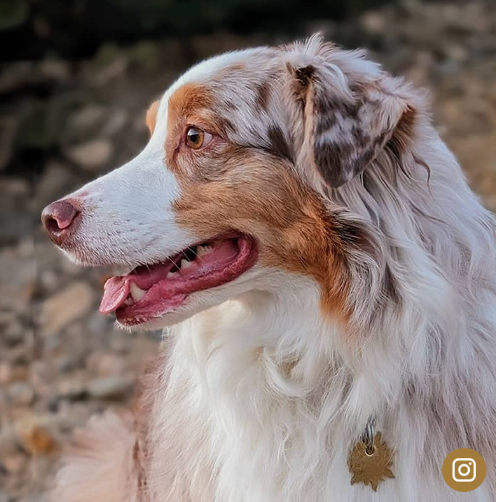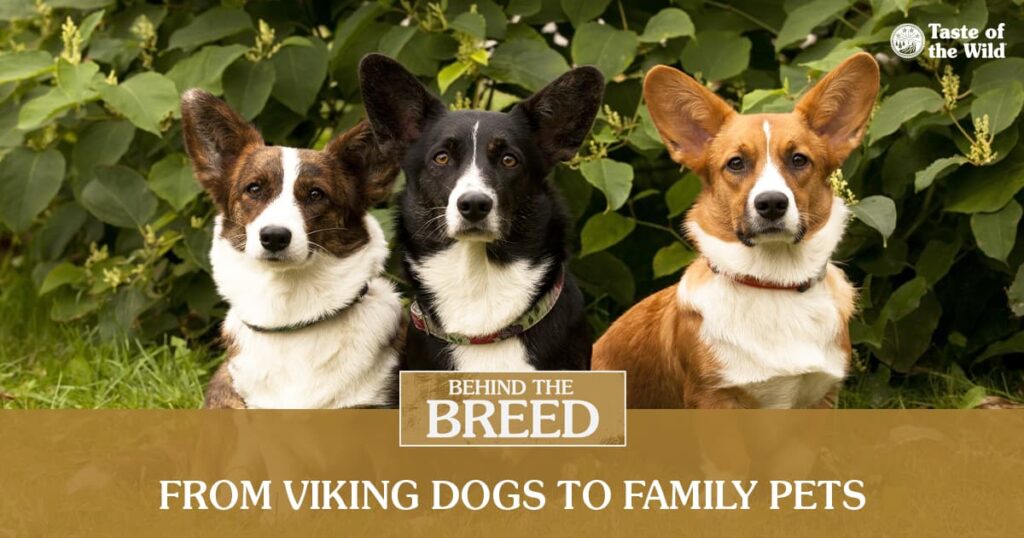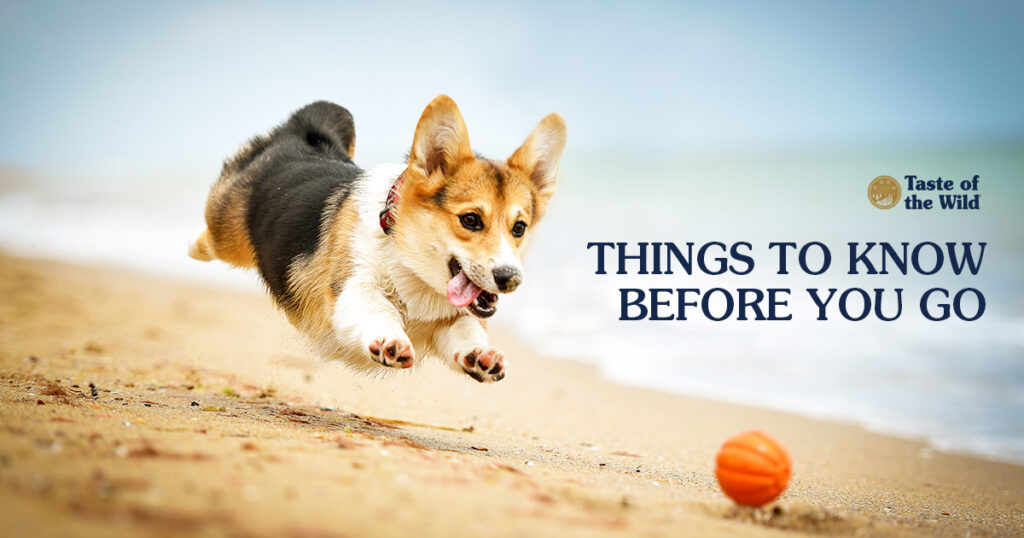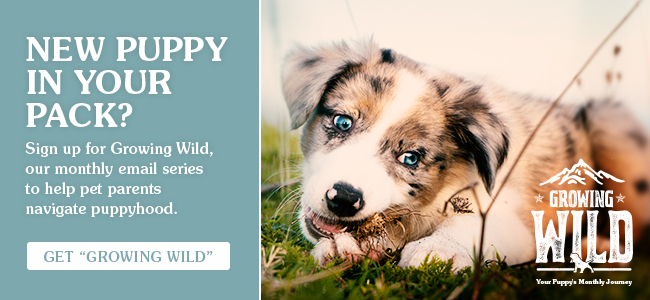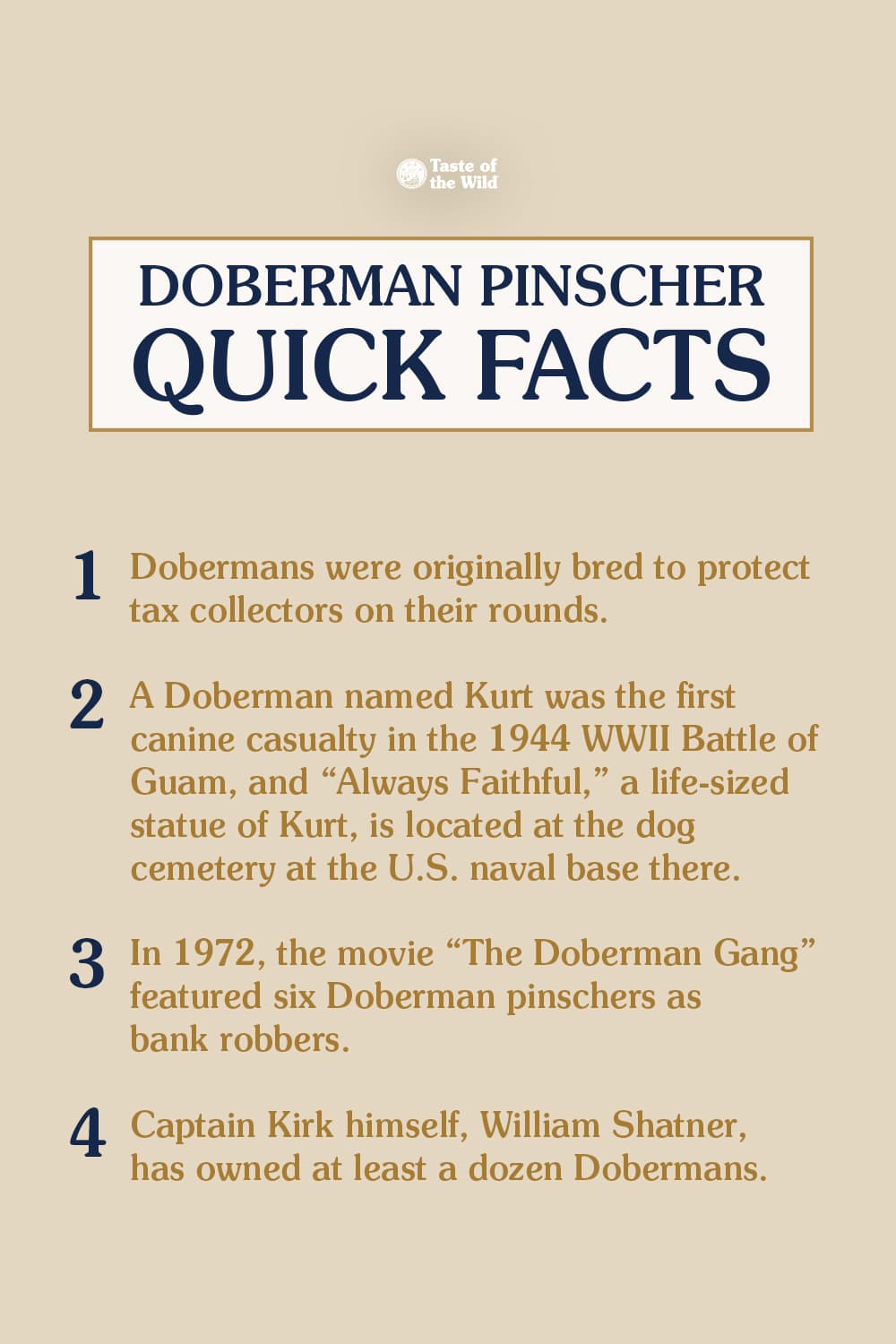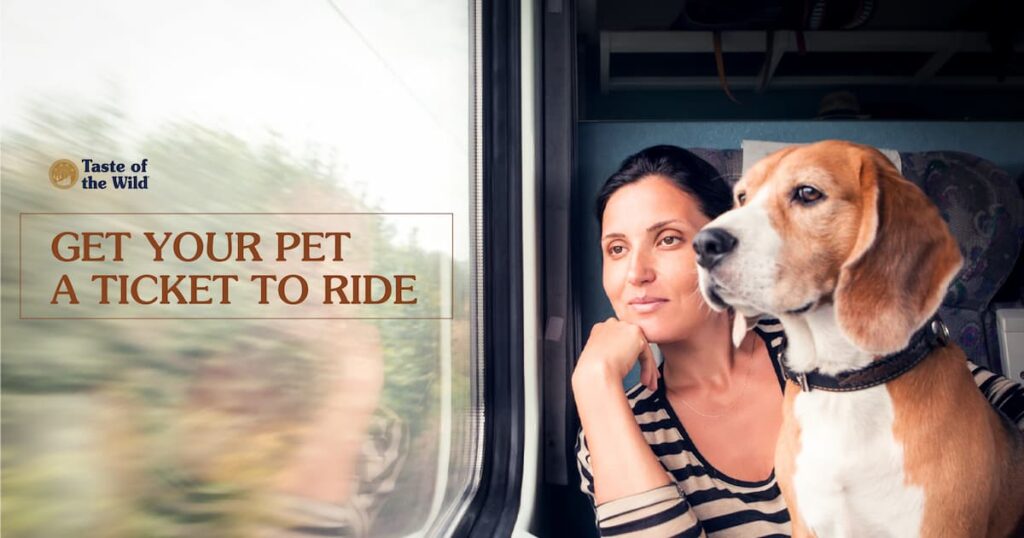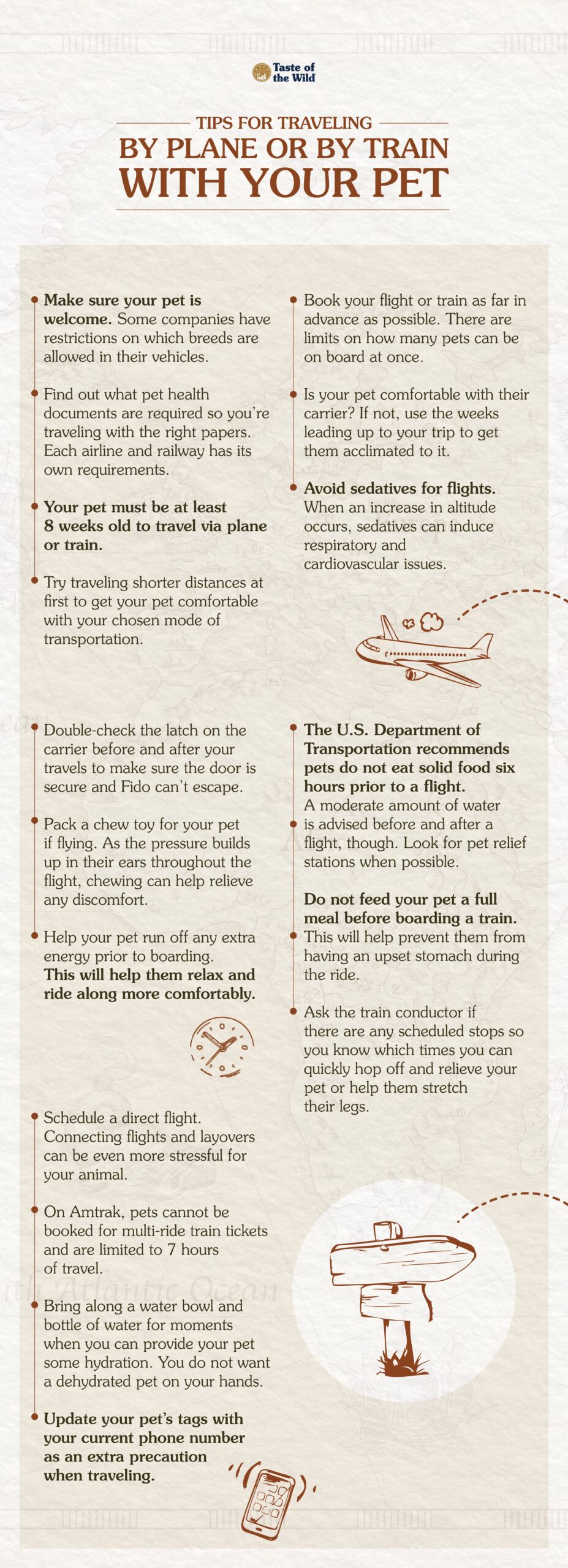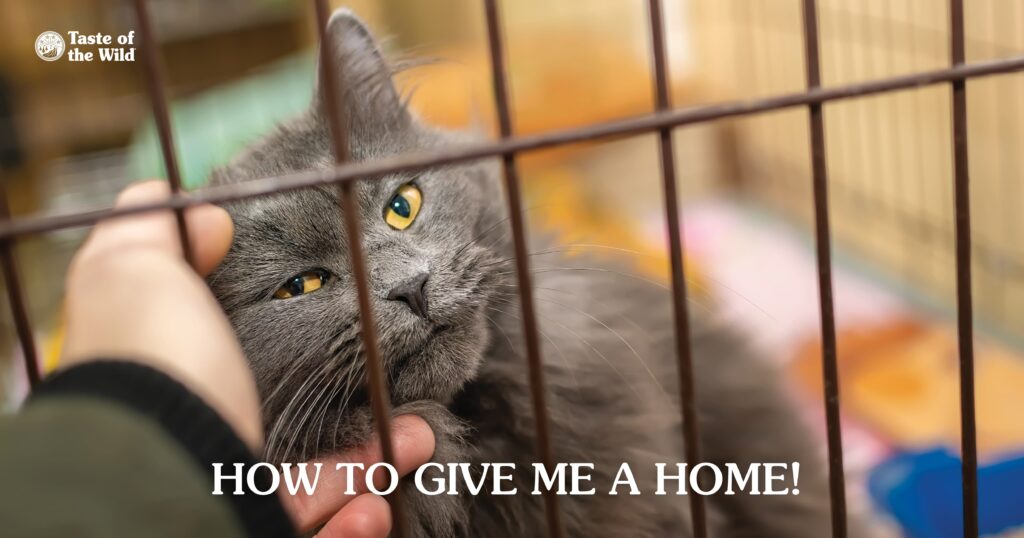
Welcome to “Can My Dog Eat That?,” our new series that answers some obvious (and not-so-obvious) questions about what your dog can and can’t safely eat. Read on!
If your dog’s eyes are saying “Please throw that red, juicy, ball-looking food my way,” the good news is you can! Ripe tomatoes (either raw or cooked) are nontoxic and can be included on the list of snacks for your dog, as long as they’re eaten in moderation.
Like all new food, it’s a good idea to introduce your dog to tomatoes gradually to make sure they tolerate them well. Due to their acidity, tomatoes can cause an upset stomach if your dog eats too many. Dogs with sensitive stomachs may find the acidity of just one tomato too much for them. And while ripe tomatoes are safe for dogs, a lot of human foods that are tomato-based also contain ingredients that are harmful to dogs (e.g., garlic, onion, chives). So be sure to check the ingredient label before feeding your dog any tomato-based people food.
A Good Source of Antioxidants and Fiber
Tomatoes or dried tomato pomace (the skin, pulp and seeds) are often included in dog food formulas, like Taste of the Wild, Taste of the Wild PREY and Taste of the Wild with Ancient Grains, because they are a good source of nutrients. Tomatoes are a source of vitamin C and lycopene, which are important antioxidants. Free radicals are produced during normal metabolism and can damage molecules in your dog’s body that are essential for maintaining good health. Antioxidants help protect your dog from these damaging free radicals.
Dried tomato pomace is a good, balanced source of soluble and insoluble fiber, as well as a source of vitamin C and lycopene. Dietary fiber helps support digestive health and firm stools. The tomato pomace fiber is fermented in your dog’s large intestine to produce short-chain fatty acids that are an energy source for intestinal cells. Dietary fiber also regulates colon pH and encourages the growth of beneficial bacteria in the colon.
Can Dogs Eat Cooked Tomatoes?
When dogs eat tomatoes, it generally doesn’t matter if they’re cooked or raw, as long as you cook them yourself. Pre-cooked tomatoes might have additives like salt or sugar that aren’t good for your pup. Same goes for tomato sauce. If you make it yourself and don’t add anything but the tomatoes, tomato sauce should be a nice addition to a bowl of dog food.
Can Dogs Eat Canned Tomatoes?
Dogs should not eat canned tomatoes for the same reasons they shouldn’t eat tomatoes you didn’t cook yourself. There are too many added ingredients, like salt or onions, that aren’t good for your dog, so avoid the can.
Can Dogs Eat Cherry Tomatoes?
Yes, if you apply the same rules to cherry tomatoes as you do with regular tomatoes, dogs can eat them. No leaves or other green parts, and cherry tomatoes should be cleaned and ripe.
Ripe Tomatoes or Unripe Tomatoes?
Always ripe. Unripe tomatoes can be dangerous for your dog due to the presence of toxins like solanine and tomatine, which are found in the green parts of the tomato plant, including the tomato itself when it’s still green. A good rule of paw is to NEVER give anything green from a tomato plant to your dog.
Avoid Everything Else on the Tomato Plants
Tomatoes are members of the nightshade family of plants. Nightshades, which also include potatoes, peppers and eggplant, contain alkaloids that can be toxic in large amounts. The alkaloid solanine is used by nightshade plants as an insecticide while they’re growing. Tomato plants also contain the toxin tomatine, which is found in the green parts of the plant, in unripe (green) tomatoes and in the flowers.
Your dog could be at risk of tomatine poisoning if they ingest a large amount of green tomatoes or the tomato plant. However, it’s unlikely that your dog would actually eat enough to become seriously ill, and if they do, it usually isn’t fatal. If your dog has eaten a large amount of green tomatoes or the plant itself, contact your veterinarian so they can determine if treatment is needed. Tomato poisoning is a real danger when you feed tomatoes to your dog, so always exercise caution.
So, Can Dogs Eat Tomatoes?
When you ask “Can dogs eat tomatoes?” the answer is a hearty “Yep!” A ripe tomato is a great snack choice for most dogs. Just make sure your dog doesn’t get into the vegetable patch and snack on the plants instead.

